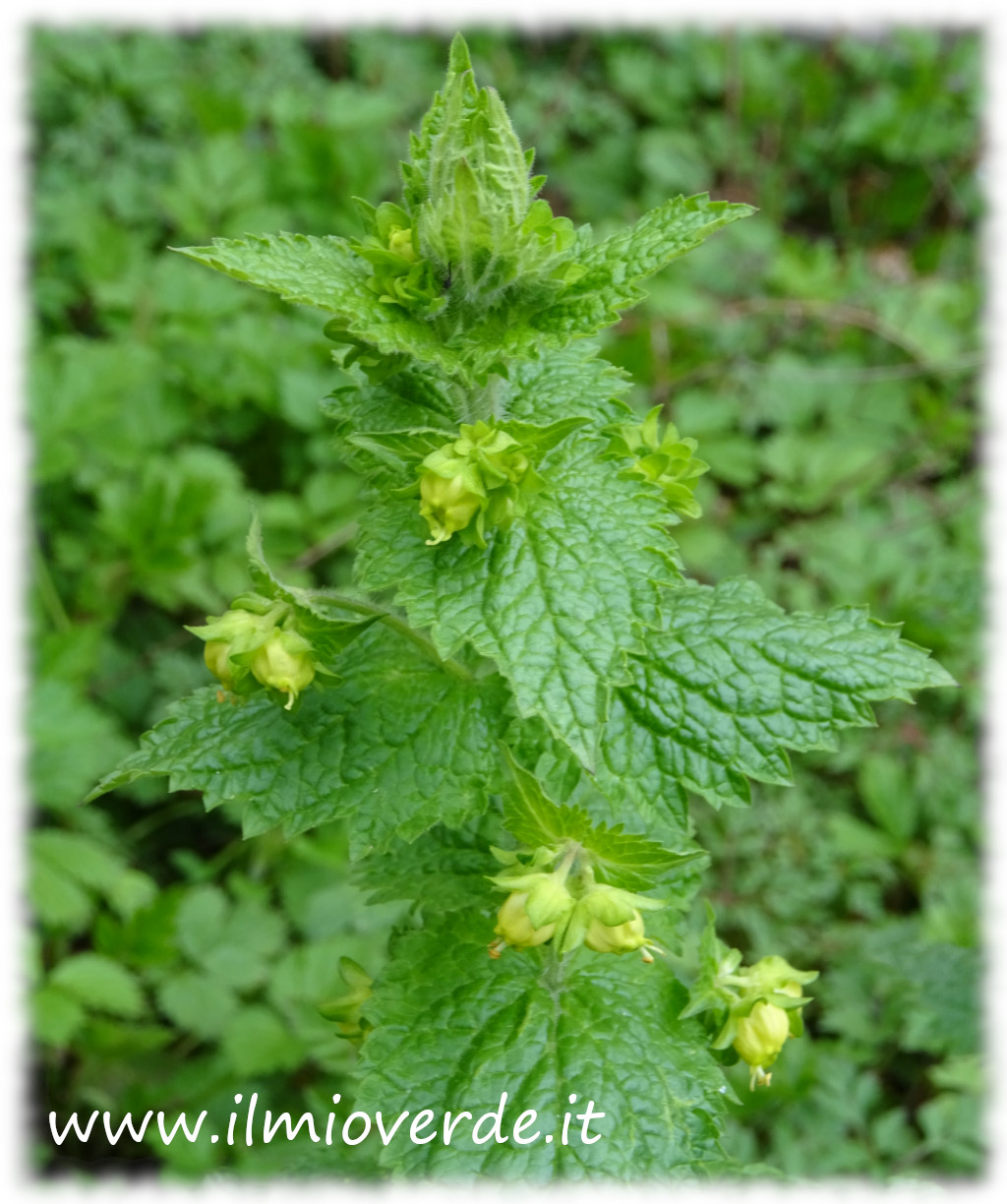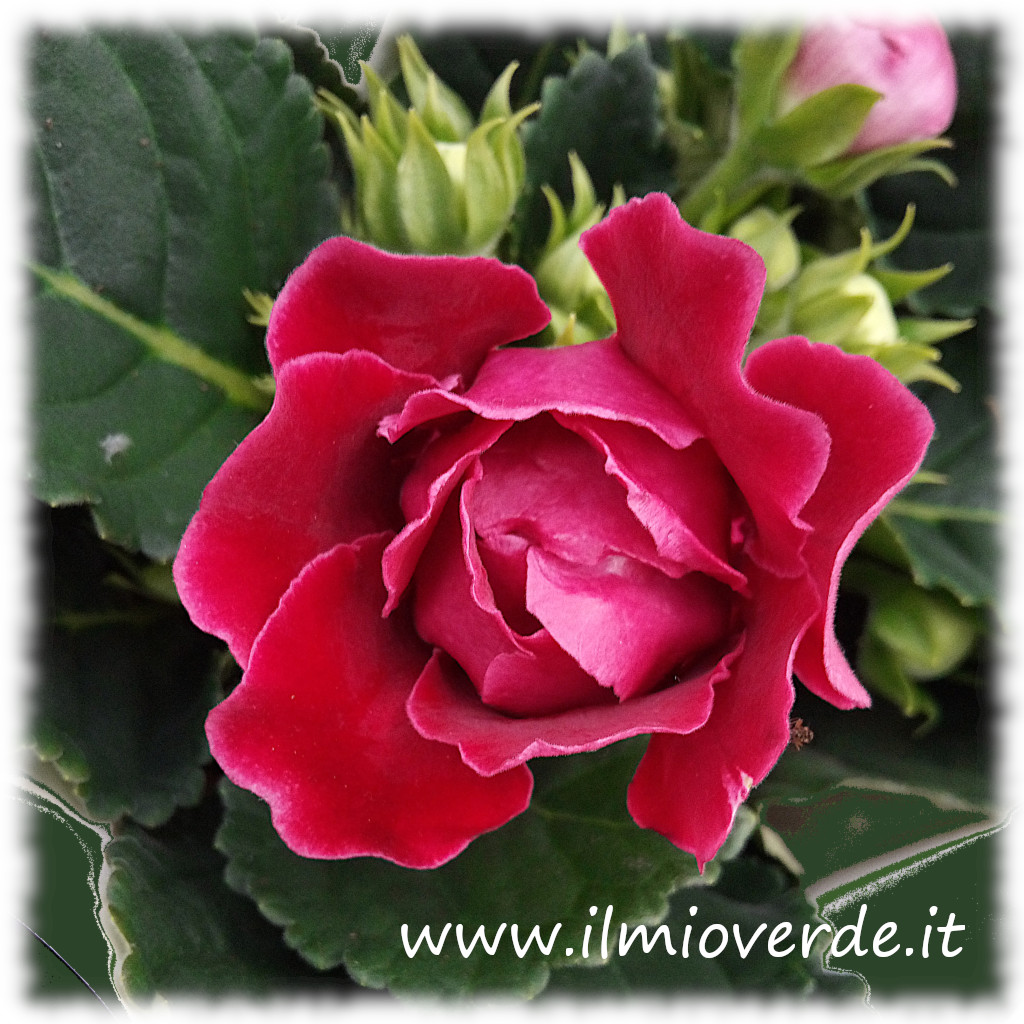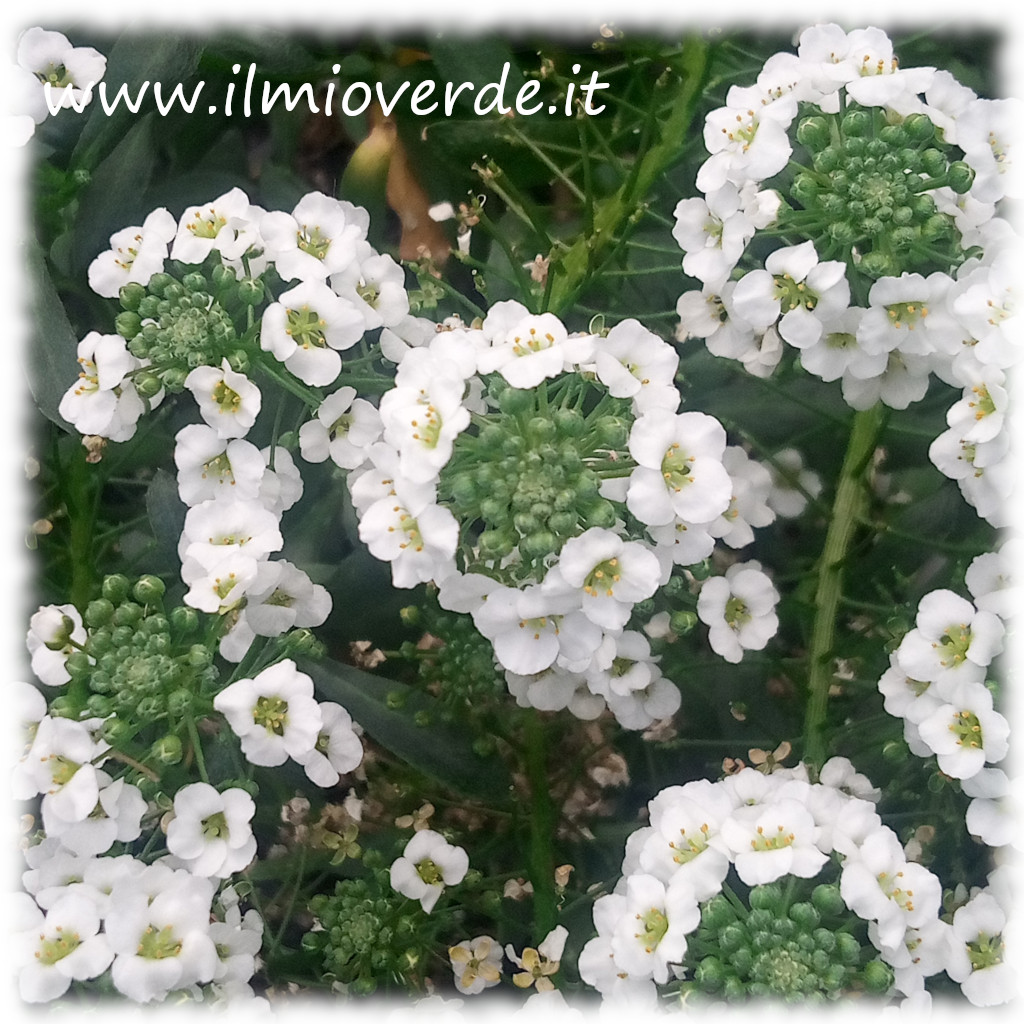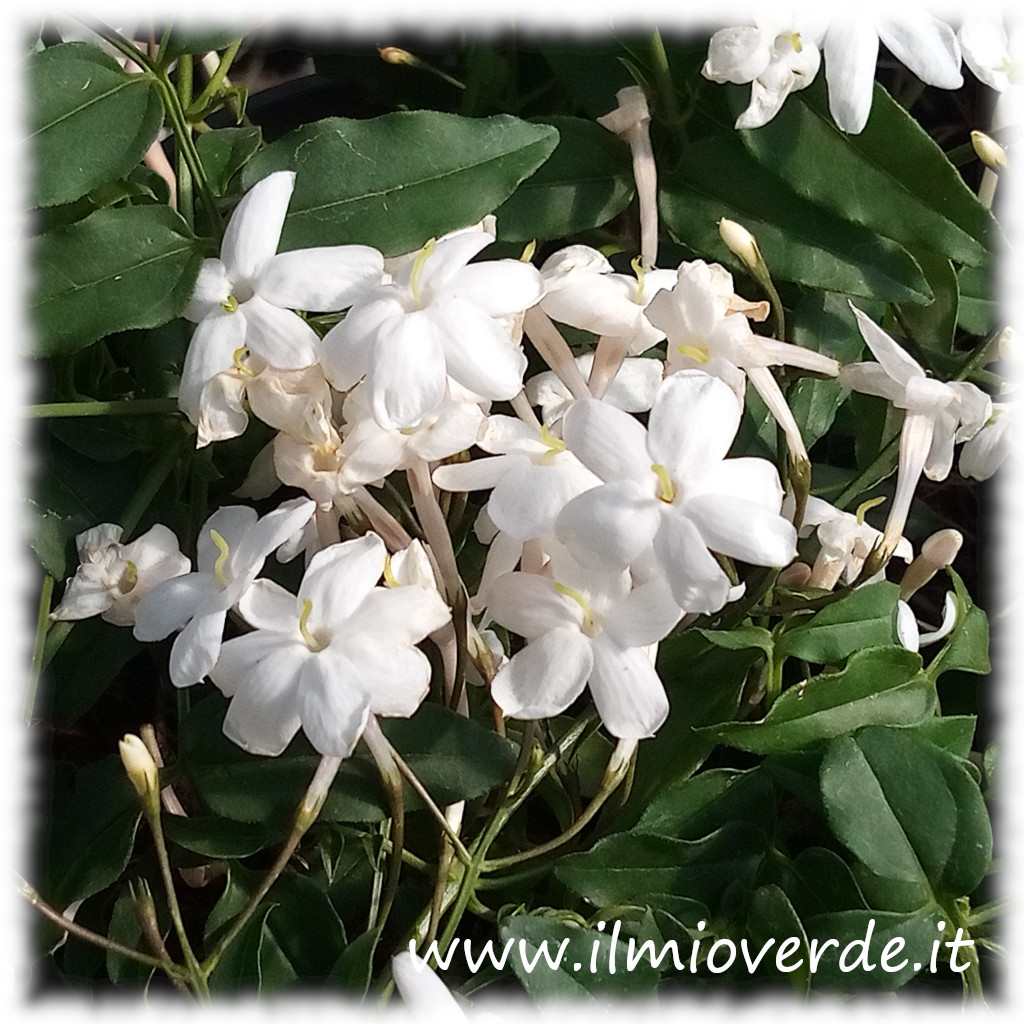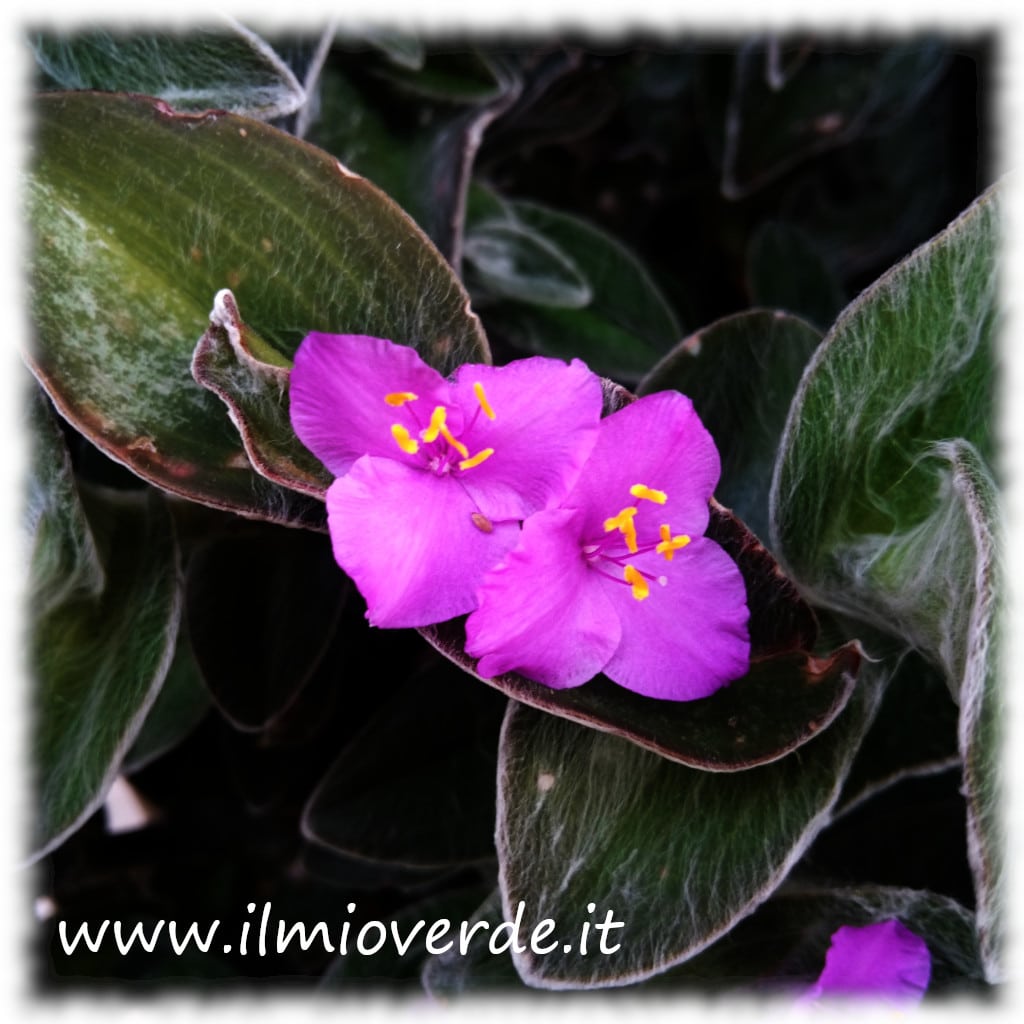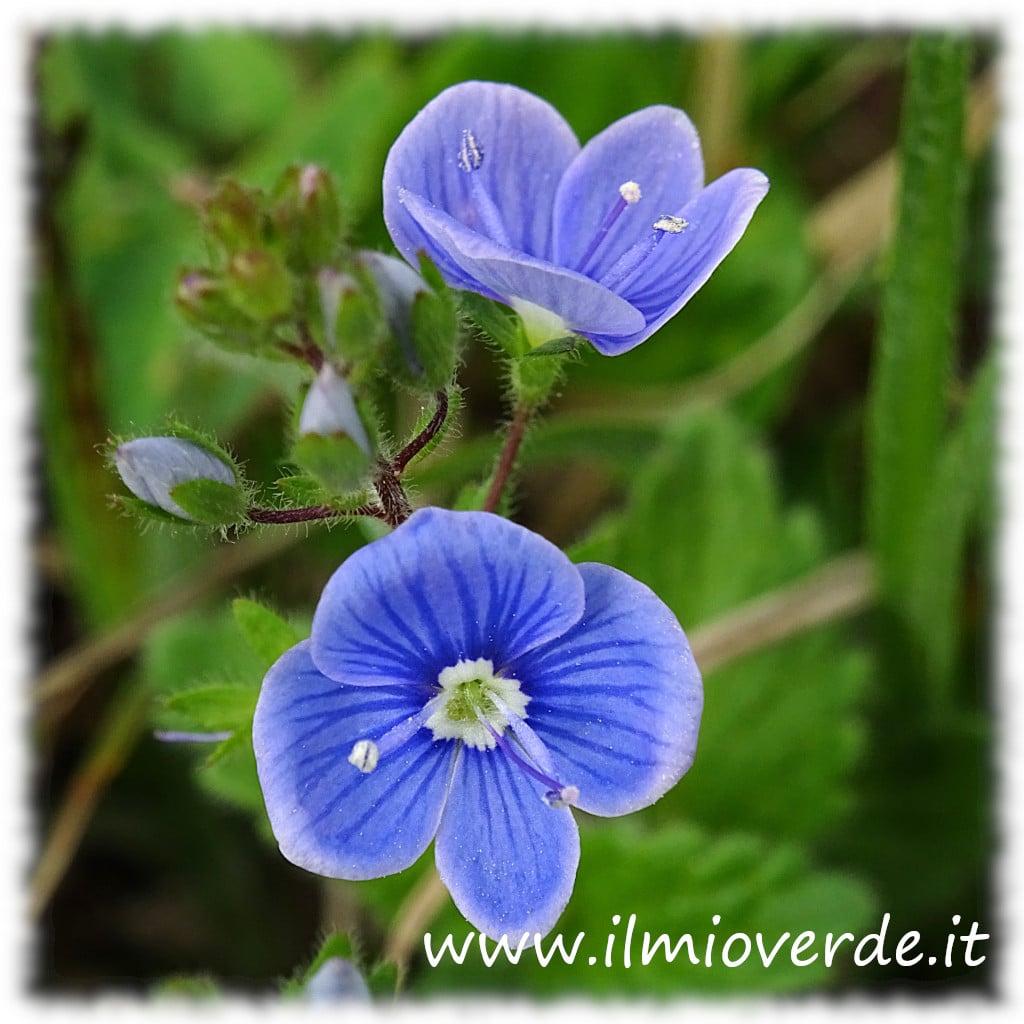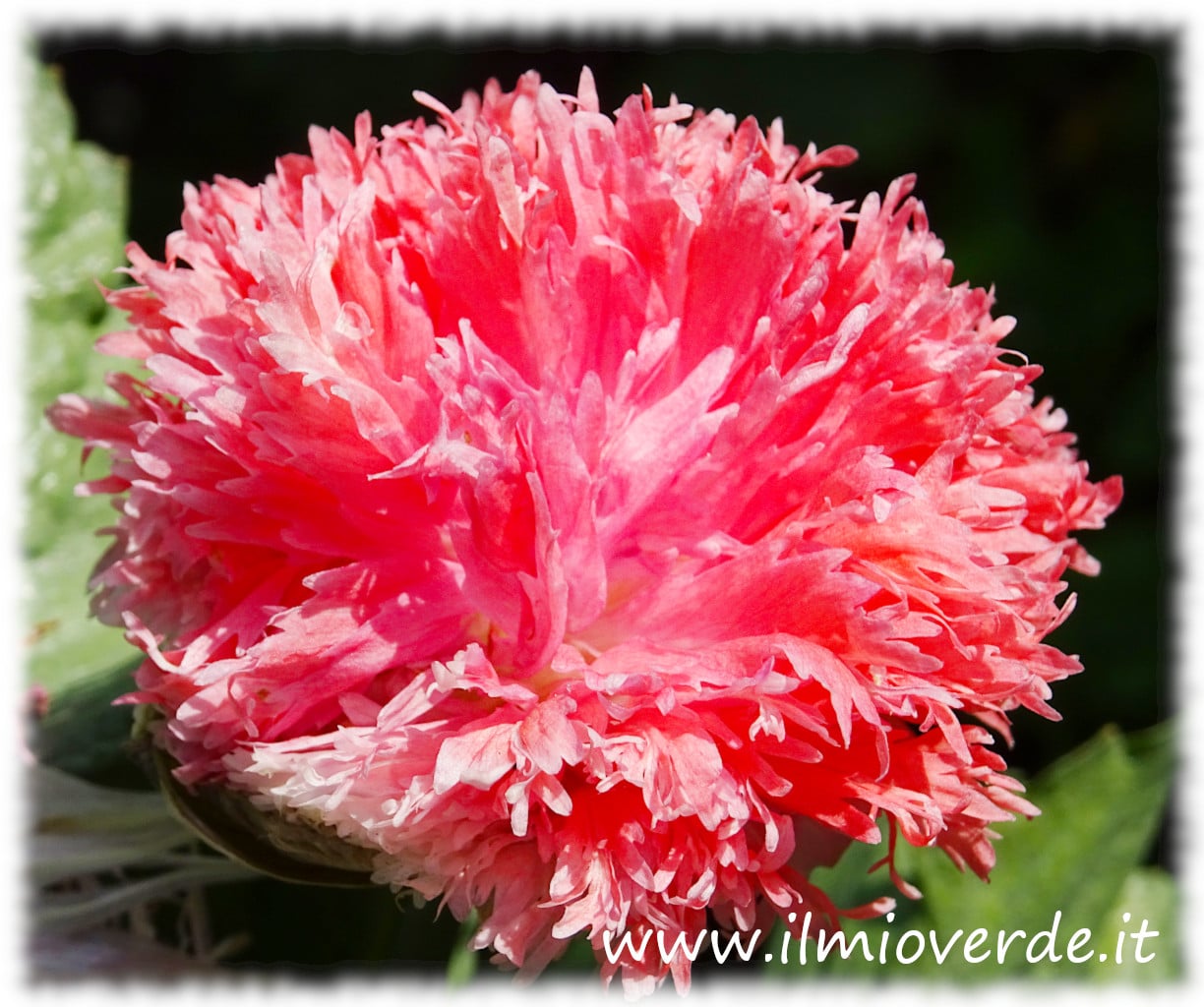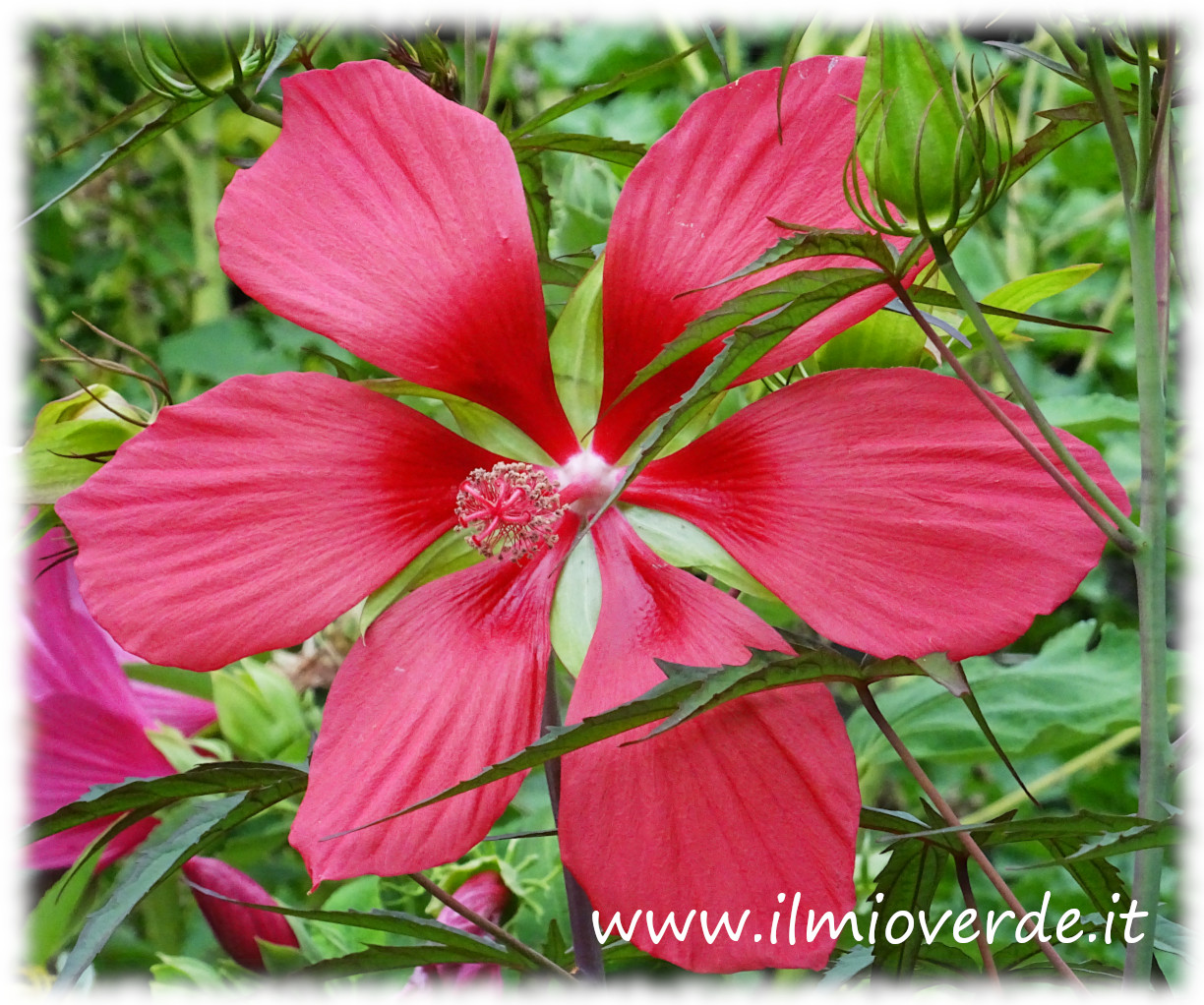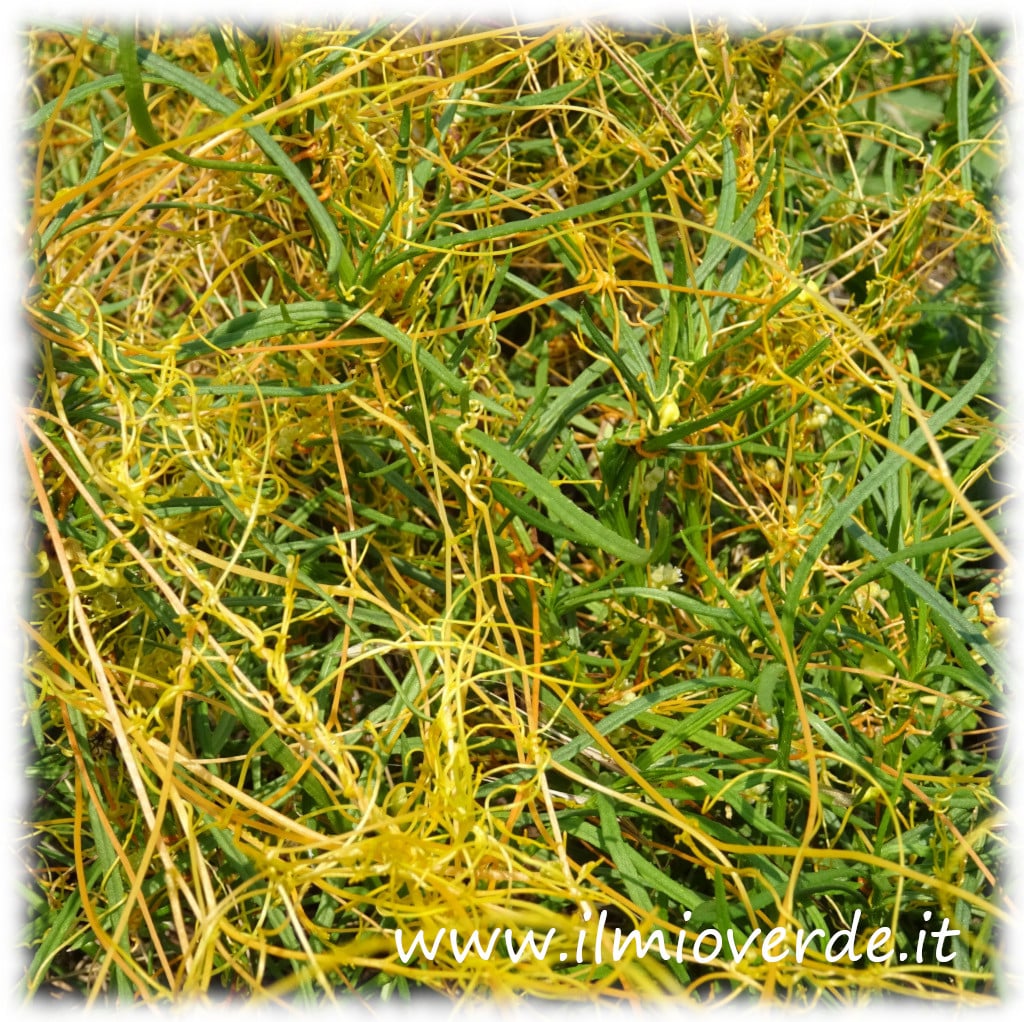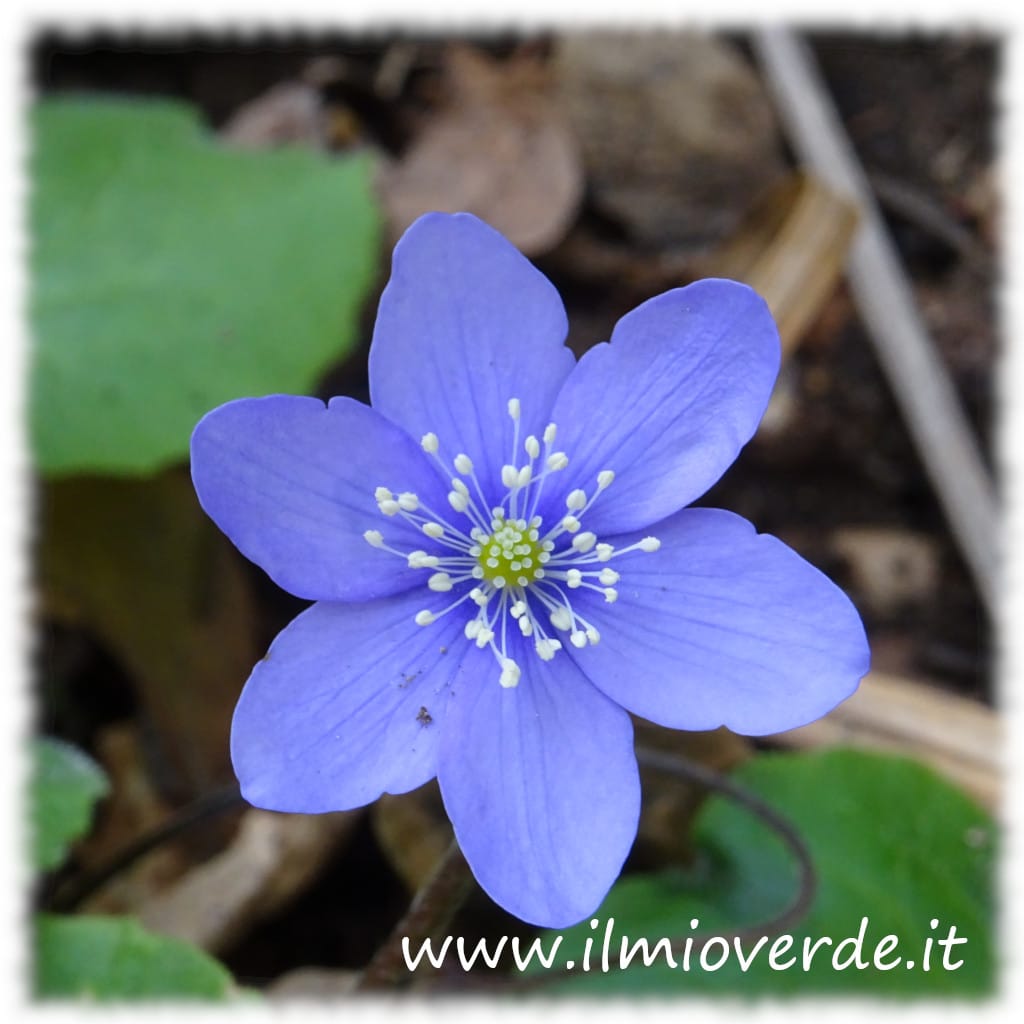Scrophularia vernalis
Scrophularia vernalis The genus name Scrophularia is derived from the Latin scrofulae, a term referring to ancient lymphatic diseases (scrofula), for which it was believed that some plants of this genus had curative properties.The specific epithet vernalis refers to the spring flowering. The species was first described by Linnaeus. Scientific classification Description Scrophularia vernalis is … Read more
